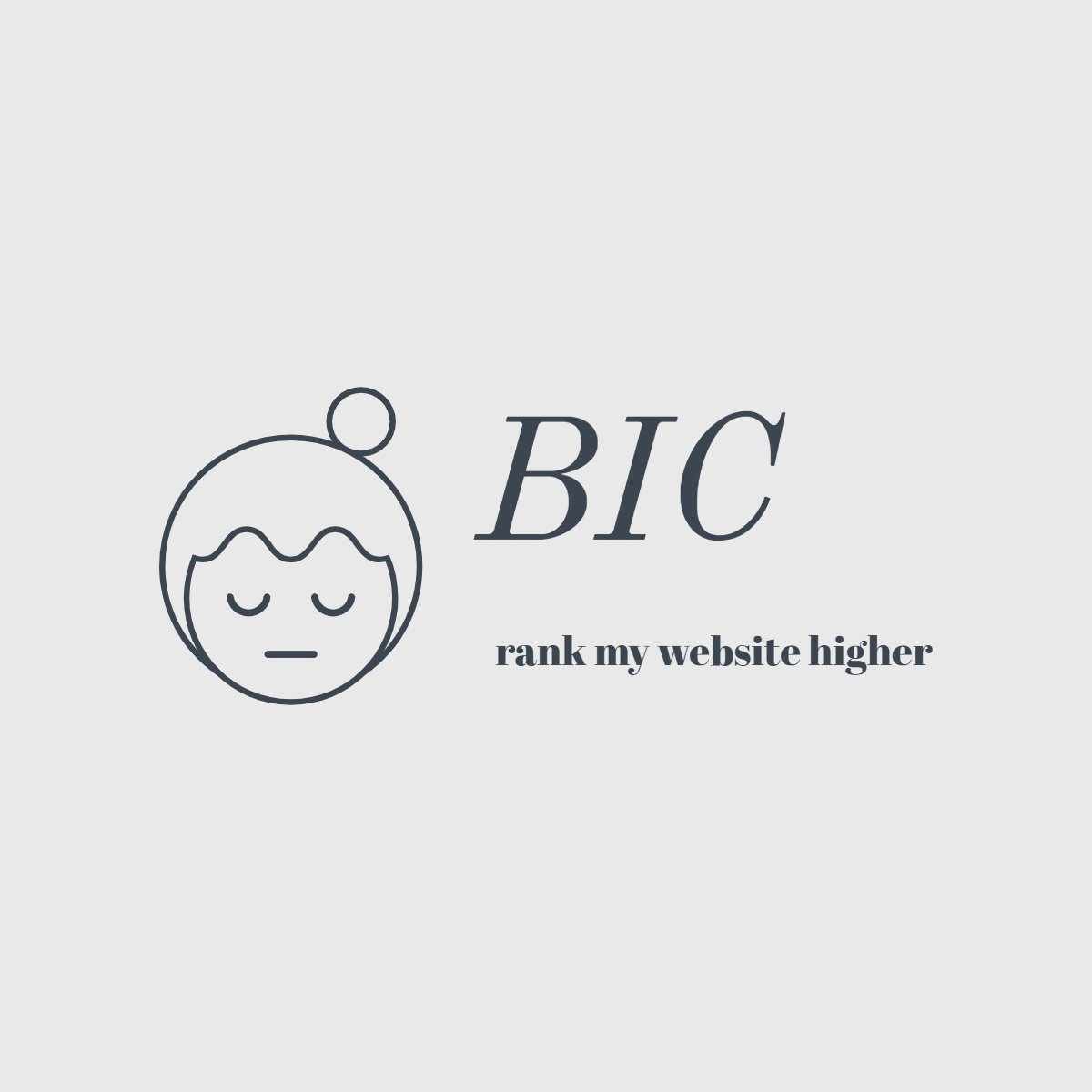7 Backlinks to Avoid Buying Because They Add Little Value
What are Backlinks?
Backlinks are like the streets between websites, connecting one webpage to another. They’re essentially links from one website to another, acting as a recommendation or citation.
The more backlinks a webpage has from credible and relevant sources, the more it’s seen as trustworthy and valuable by search engines like Google.
This idea became important in the early days of blogging, around the late 1990s and early 2000s, as search engines started using backlinks as a way to determine a website’s authority and relevance.
Bloggers quickly realized that by getting more backlinks from reputable sites, they could improve their own site’s visibility and ranking in search results.
Since then, backlinks have remained a crucial part of SEO (Search Engine Optimization), influencing how well a website performs in online searches.
How do Bloggers acquire Backlinks?
Bloggers acquire backlinks through various methods, with the primary goal being to attract links from other websites to their own.
One way is through creating high-quality content that naturally attracts attention and links from other bloggers and websites. This could include informative articles, engaging videos, or helpful resources that people find valuable and want to share.
Another method is through outreach, where bloggers actively reach out to other website owners or bloggers, asking them to link to their content. This could involve networking, guest posting, or collaboration opportunities.
Additionally, bloggers can acquire backlinks by participating in online communities and forums where they can share their content and engage with others in their niche, potentially leading to links from community members who find their content helpful.
Some bloggers also leverage social media platforms to promote their content, which can lead to shares and backlinks from users who discover their content through social channels.
Finally, bloggers may employ strategies such as directory submissions, press releases, and partnerships with influencers or brands to acquire backlinks.
Overall, the key is to create valuable content, engage with others in the community, and actively promote their content through various channels to attract backlinks naturally and improve their website’s authority and visibility.
When it comes to building backlinks for your website, it’s important to focus on quality rather than quantity.
While backlinks can be beneficial for improving your website’s search engine rankings, not all backlinks are created equal. In fact, there are certain types of backlinks that you should avoid buying because they add little to no value.
Types of Backlinks to Avoid
In this article, we will discuss seven types of backlinks that you should steer clear of.
1. Do-Follow Blog Comments
Do-follow blog comments used to be a popular way to build backlinks, but they have lost their effectiveness over time.
These types of backlinks are often seen as spammy and can actually harm your website’s reputation.
Additionally, search engines have become smarter at identifying and discounting these types of links.
2. Generic Directory Links
Generic directory links are another type of backlink that you should avoid. These directories are often low-quality and offer little value to users.
In addition, search engines have become more selective in the directories they consider authoritative.
Instead of buying generic directory links, focus on getting listed in niche-specific directories that are relevant to your industry.
3. Spammy Donation Links
While donating to a good cause is commendable, buying backlinks through spammy donation links is not.
These types of links are often placed on low-quality websites and can harm your website’s reputation.
Instead, focus on building relationships with reputable organizations and consider sponsoring events or projects that align with your brand values.
4. Article Directory Links
Article directory links used to be a popular way to build backlinks, but they have lost their effectiveness in recent years.
These directories are often filled with low-quality content and are seen as spammy by search engines.
Instead of buying article directory links, focus on creating high-quality content that others will naturally want to link to.
5. Web 2.0 Links
Web 2.0 links are another type of backlink that you should avoid buying. These links are typically created on free blogging platforms and offer little value to users.
In addition, search engines have become better at identifying and discounting these types of links.
Instead, focus on building relationships with influential bloggers and industry leaders who can provide valuable, high-quality backlinks.
6. Public Blog Networks
Public blog networks are networks of websites that are created solely for the purpose of selling backlinks. These networks often have low-quality content and can be easily detected by search engines.
Buying backlinks from public blog networks can result in penalties and harm your website’s rankings. Instead, focus on building relationships with reputable websites and influencers in your industry.
7. Fake .edu or .gov Links
Links from .edu or .gov websites are often seen as authoritative and valuable. However, buying fake .edu or .gov links is not a recommended strategy.
These links are often placed on low-quality websites and can harm your website’s reputation.
Instead, focus on building relationships with educational institutions and government organizations that can provide legitimate, high-quality backlinks.
Conclusion
When it comes to building backlinks for your website, it’s important to focus on quality over quantity.
Avoid buying backlinks that add little to no value, such as do-follow blog comments, generic directory links, spammy donation links, article directory links, web 2.0 links, public blog networks, and fake .edu or .gov links.
Instead, focus on creating high-quality content, building relationships with reputable websites and influencers, and earning backlinks naturally.


